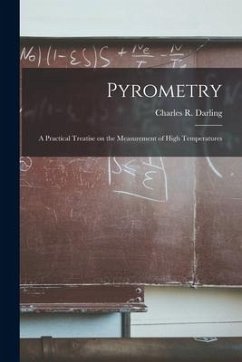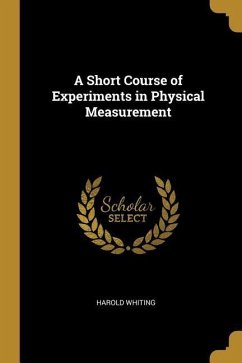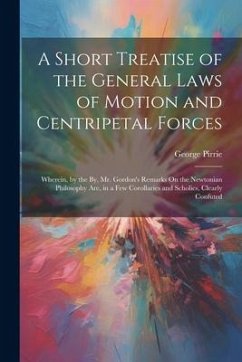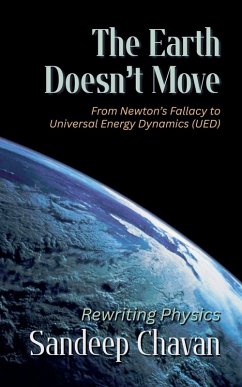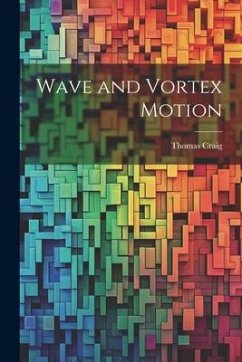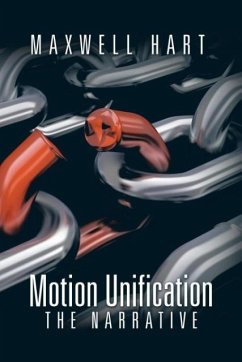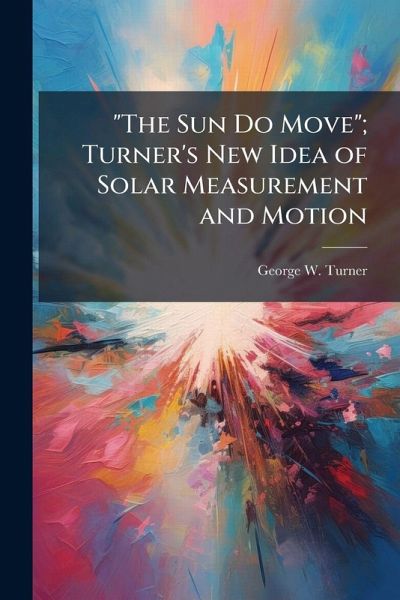
"The Sun Do Move"; Turner's New Idea of Solar Measurement and Motion
Versandkostenfrei!
Versandfertig in über 4 Wochen
14,99 €
inkl. MwSt.

PAYBACK Punkte
7 °P sammeln!
In "The Sun Do Move," George W. Turner presents his unique perspective on solar measurement and motion. This intriguing work, originally published in 1919, challenges conventional understanding and offers a fresh viewpoint on fundamental principles. Turner's exploration delves into the complexities of astronomical observation, inviting readers to reconsider established scientific paradigms. A fascinating read for those interested in the history of science and alternative theories. This work has been selected by scholars as being culturally important, and is part of the knowledge base of civili...
In "The Sun Do Move," George W. Turner presents his unique perspective on solar measurement and motion. This intriguing work, originally published in 1919, challenges conventional understanding and offers a fresh viewpoint on fundamental principles. Turner's exploration delves into the complexities of astronomical observation, inviting readers to reconsider established scientific paradigms. A fascinating read for those interested in the history of science and alternative theories. This work has been selected by scholars as being culturally important, and is part of the knowledge base of civilization as we know it. This work was reproduced from the original artifact, and remains as true to the original work as possible. Therefore, you will see the original copyright references, library stamps (as most of these works have been housed in our most important libraries around the world), and other notations in the work. This work is in the public domain in the United States of America, and possibly other nations. Within the United States, you may freely copy and distribute this work, as no entity (individual or corporate) has a copyright on the body of the work. As a reproduction of a historical artifact, this work may contain missing or blurred pages, poor pictures, errant marks, etc. Scholars believe, and we concur, that this work is important enough to be preserved, reproduced, and made generally available to the public. We appreciate your support of the preservation process, and thank you for being an important part of keeping this knowledge alive and relevant.



